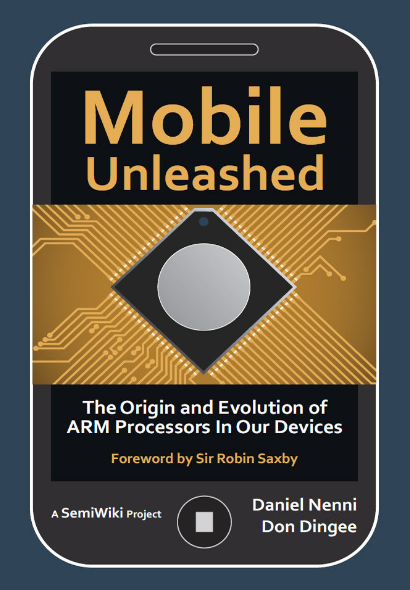DRM protected content is a hotly debated topic and not without side effects but I have to admit I was somewhat glad when Netflix added support for Chrome and HTML5 playback on Linux back in 2014. At the time I also experimented with Amazon Prime video which was using Flash. Unfortunately this solution was quite unstable and thus unusable. Recently I noticed, however, that Amazon now also supports Chrome and HTML5 video playback on Linux. Over the past weeks I’ve watched a few full length movies and playback is now flawless. Well done, Amazon, thanks! … Just remove that DRM now please…
Author: Martin
IPv6 When Roaming – Part 2
A couple of weeks ago I had a post in which I noted that while I have mobile IPv4v6 connectivity while I’m in my home country, I get IPv4-only connectivity when roaming by default. Now it looks like this is not universally true anymore.
How To Get an IPv6 Prefix From The LTE Network
Back in 2009 (!) I described the theory behind how a mobile network assigns an IPv6 Prefix to a mobile device. 3GPP TS 23.221 and TS 23.060 are a good starting point. 6 years later things have moved from theory to practice so I decided to write another blog entry on the topic, this time with some more details out of traces made in a live network.
Continue reading How To Get an IPv6 Prefix From The LTE Network
How Many Simultaneous IP Addresses Does Your Mobile Have?
Once upon a time a PC was connected with a cable to a network and usually had one IP address. The same applied to smartphones until a couple of years ago. But no more, most smartphones today have more than one IP address at a time, at least some of the time. Any idea how many? Make your own count before reading on.
Continue reading How Many Simultaneous IP Addresses Does Your Mobile Have?
Book Review: Mobile Unleashed – The History of ARM
 After having taken a closer look at x86 processor with “Inside The Machine” I came across “Mobile Unleashed“, a book about the history of a non-Silicon Valley company and technology for a change that has significantly shaped the world of computing as we know it today: ARM.
After having taken a closer look at x86 processor with “Inside The Machine” I came across “Mobile Unleashed“, a book about the history of a non-Silicon Valley company and technology for a change that has significantly shaped the world of computing as we know it today: ARM.
Continue reading Book Review: Mobile Unleashed – The History of ARM
First Wifi Access Point With PMF Frames Sighted
In the past few years a number of hotel chains have experimented with Wifi De-associaten attacks to force venue guests off their own Wifi access points. Fortunately the FCC has responded quite sharply and so I haven’t seen further reports about such behavior in the wild. FCC rulings are good, countermeasures are even better. So far I haven’t seen them “in the wild” which was a bit disappointing. Up until now.
Continue reading First Wifi Access Point With PMF Frames Sighted
105 TB in 250 Trains
Hosting An IPv6 Reachable Server At Home – The Summary
Over the past years but particularly in recent months I had quite a number of posts on many different aspects of using IPv6, beginning from IPv6 use at home on the PC to using IPv6 on a server at home. With things now neatly in place on both clients and server it’s time for an overview and summary.
Continue reading Hosting An IPv6 Reachable Server At Home – The Summary
IoT Needs Bi-Directional IPv6 In Mobile Networks
I’m probably one of the few people on this planet who appreciates and uses IPv6 both over my DSL connection at home and also over my cellular connection. Unfortunately there is one thing missing on the mobile side: Unrestricted incoming IPv6 access.
Continue reading IoT Needs Bi-Directional IPv6 In Mobile Networks
VoLTE – Some Thoughts On Bandwidth Negotiation
In the previous blog post on VoLTE I discussed how speech codecs are negotiated during connection establishment. VoLTE uses the AMR and WB-AMR codecs that are adaptive and can encode the voice stream in several data rates and qualities. In the case of WB-AMR, voice streams can be sent with data rates between 6.6 and 23.65 kbit/s. In practice, many networks limit the codec rate to 12.65 kbit/s in the case of WB-AMR and to 12.2 kbit/s for the narrowband AMR codec. Let’s have a closer look how that is done in practice.
Continue reading VoLTE – Some Thoughts On Bandwidth Negotiation